Hello, again! It's Beth from Adventures of a Schoolmarm. I hope your school year is off to a great start!
It happens to all of us. A lesson goes faster than we thought that it would. We have to wait a little longer than we expected to go down to an assembly. Whatever the reason, we often have a few minutes of free time in class that we don't want to waste. This FREE place value game is a perfect solution! My kids absolutely love it, and I know yours will, too!
Think of a
2 or 3-digit number in your head. It’s easier to teach students how to play
this game with 2-digit numbers, then build up to larger numbers. I also like to write the number on a sticky
note so the kids know I am not fibbing! Write the chart below on the board. (Once we've learned the game, I don't even make a table this fancy. I literally just write # / D / PV on the board with vertical lines separating.)
 |
Clip art by Ta-Doodles Illustrations and Kate Hadfield / Fonts by Kimberly Geswein
In this example, I have chosen a 3-digit number, so the kids are expected to make 3-digit guesses only. You will only tell them how many of the digits are correct and how many digits are in the correct place value. In the beginning you will want to model with think-alouds to show students how to make logical inferences about the mystery number based on the information given.
In
the example above, 1 digit is correct (the 6), but it is not in the correct
place value. This is a good opportunity to explain that they know now that the
number contains a 4, 7, or 6, but that that the digit will be in a different
place value. When we are learning how to play the game, I would take the time to explain that their guesses from this point on should contain the digit 4, 6, or 7 so they can try to determine which of those digits was the correct digit. Logically, they would also want to make guesses where those numbers have been put in a different place value position since we know that none of the digits are in the correct place value so far.
With
this next guess, students can now infer that either the 6 or 7 is the correct
digit in the correct place value, so they can test this hypothesis out with
future numbers they guess.
For example, when a student guesses 562, they have narrowed the options down further. They know that 2 of the digits are correct, but only 1 is in the right place. Logically, they can infer that the 6 is the correct digit in the correct place value. To scaffold as we are learning, once we logically can infer the correct digit, I will underline it. This serves as a visual cue to remind them to keep that digit the same in all their guesses. Once a student guesses 865 and knows that 2 digits are still correct and in the correct place value, they can know infer that the number is ?65. From this point all guesses should logically end in 65.
Continue playing the game until students guess the correct number.
This is what a completed "game board" might look like. I like to keep track of how many guesses it takes to get the correct number to see if they can improve their logic to guess the number in fewer tries. We are on a constant quest to see if we can hone our logic skills to guess the correct number more quickly.
If you would like to give this game a try in your classroom, you can download the directions HERE (or by clicking on the photo below). The game is perfect for those few spare minutes because it requires absolutely zero prep. The only materials you really need are a board to write the number chart so students can see it displayed. However, it is a fantastic way to get your kids thinking more deeply about place value and making logical inferences in math. Let me know what you think of it!
For example, when a student guesses 562, they have narrowed the options down further. They know that 2 of the digits are correct, but only 1 is in the right place. Logically, they can infer that the 6 is the correct digit in the correct place value. To scaffold as we are learning, once we logically can infer the correct digit, I will underline it. This serves as a visual cue to remind them to keep that digit the same in all their guesses. Once a student guesses 865 and knows that 2 digits are still correct and in the correct place value, they can know infer that the number is ?65. From this point all guesses should logically end in 65.
Continue playing the game until students guess the correct number.
This is what a completed "game board" might look like. I like to keep track of how many guesses it takes to get the correct number to see if they can improve their logic to guess the number in fewer tries. We are on a constant quest to see if we can hone our logic skills to guess the correct number more quickly.
If you would like to give this game a try in your classroom, you can download the directions HERE (or by clicking on the photo below). The game is perfect for those few spare minutes because it requires absolutely zero prep. The only materials you really need are a board to write the number chart so students can see it displayed. However, it is a fantastic way to get your kids thinking more deeply about place value and making logical inferences in math. Let me know what you think of it!










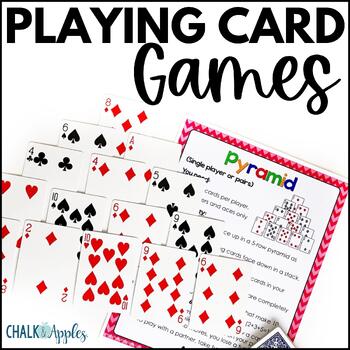



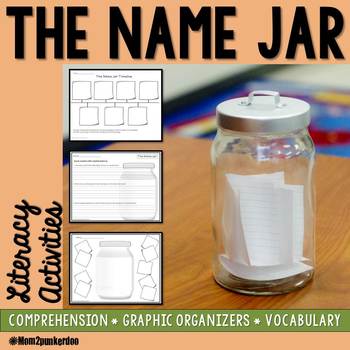


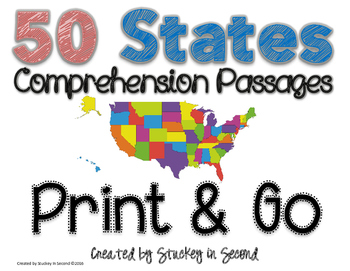

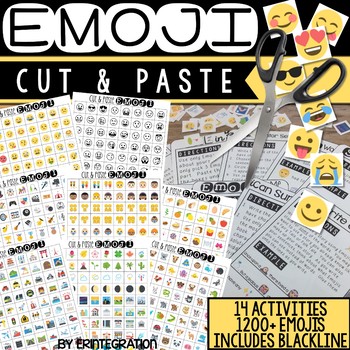

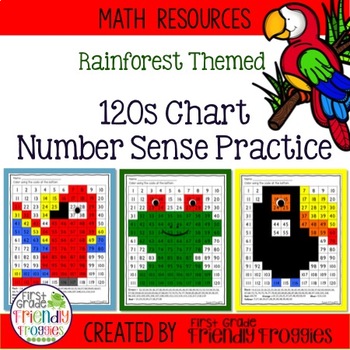























0 comments:
Post a Comment